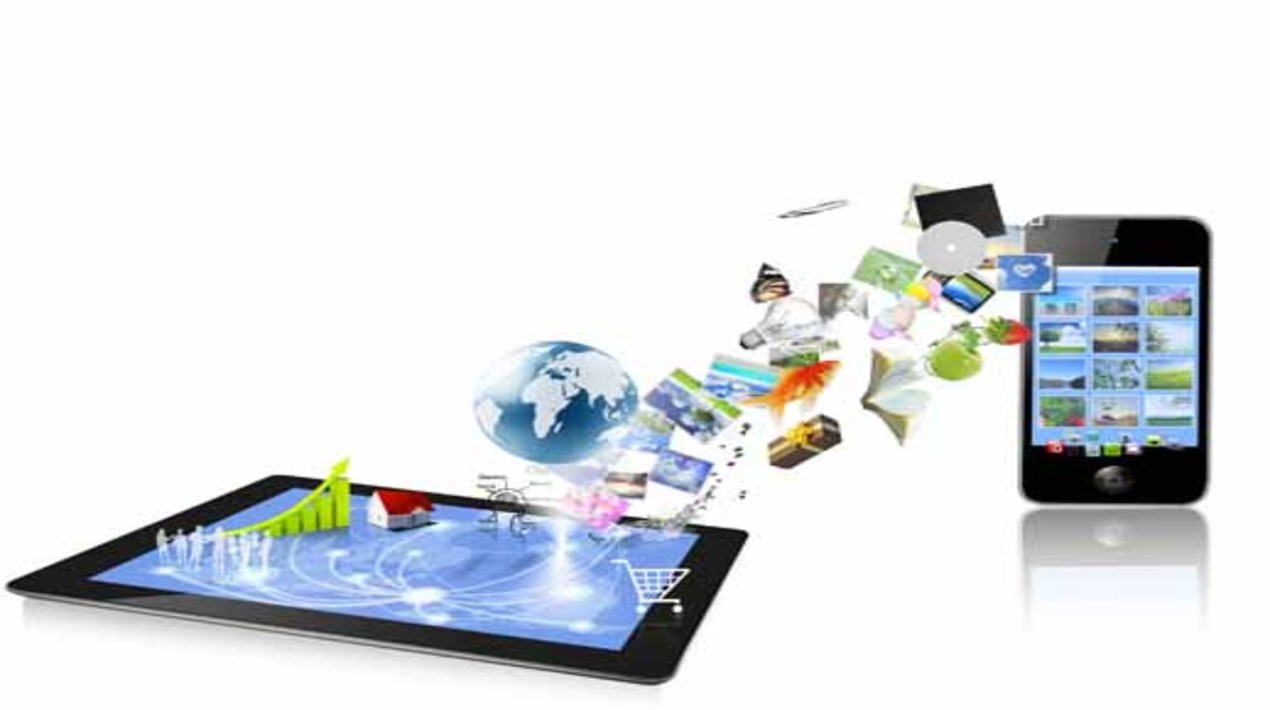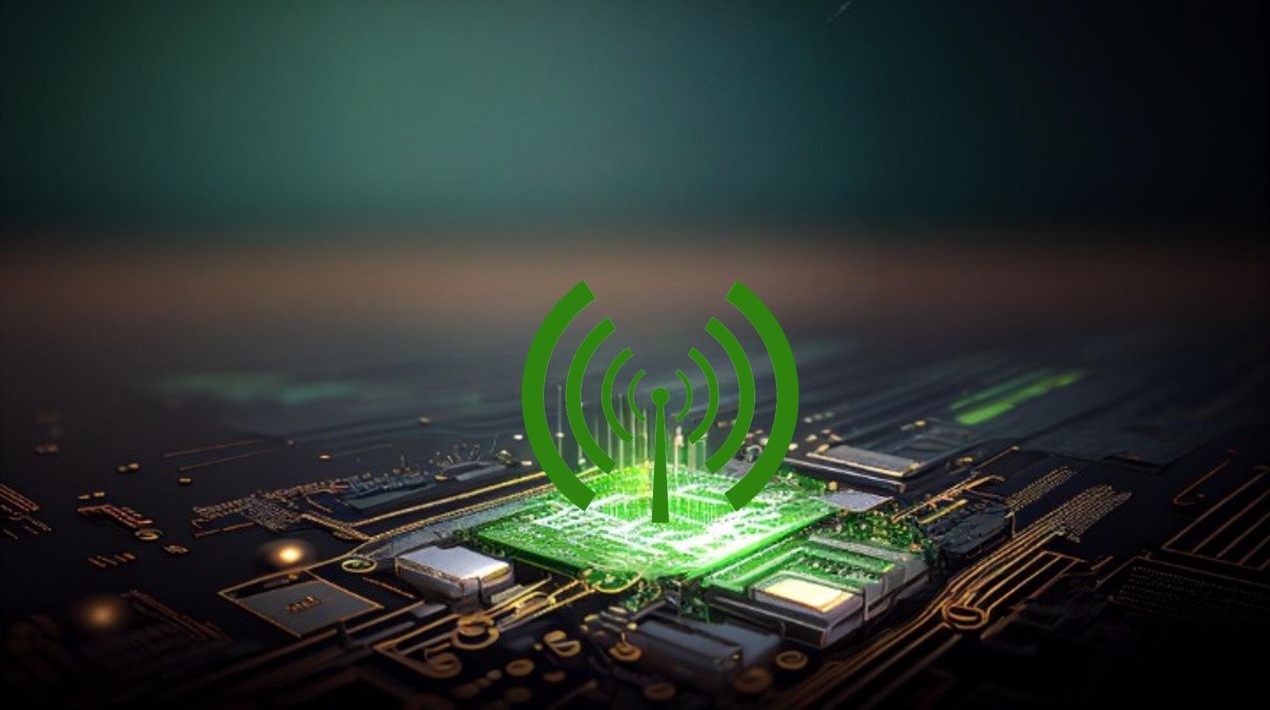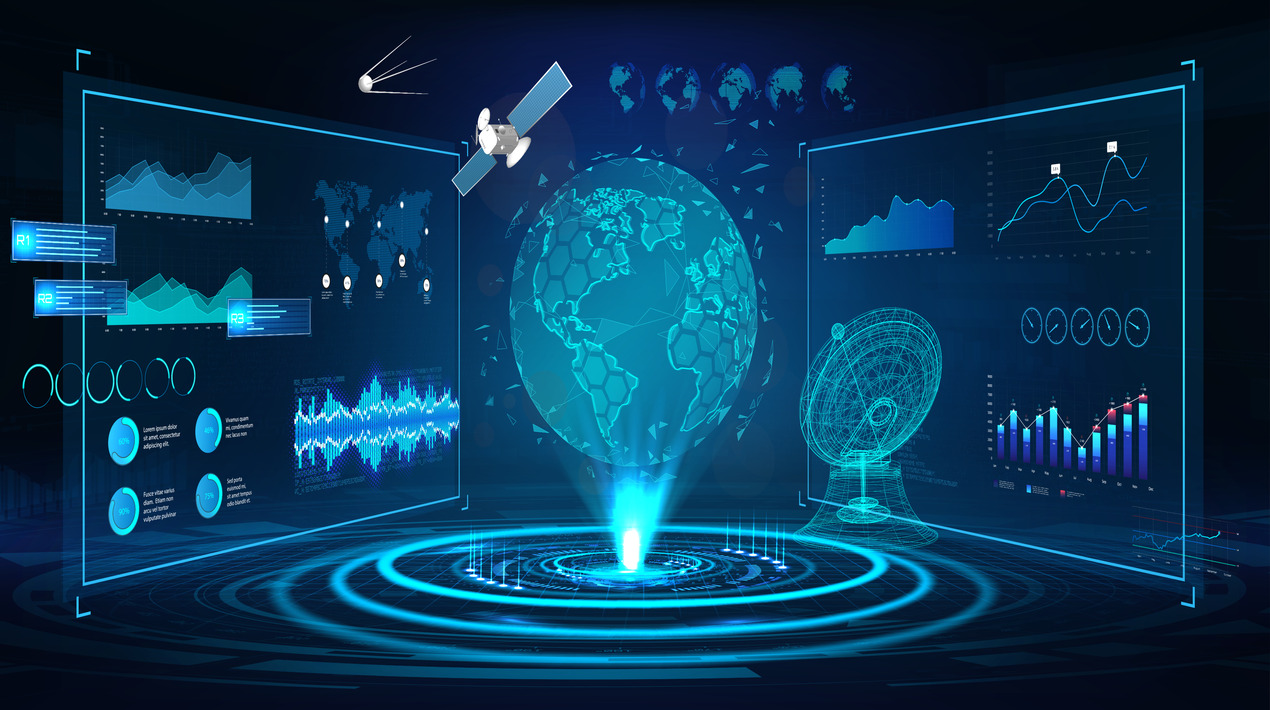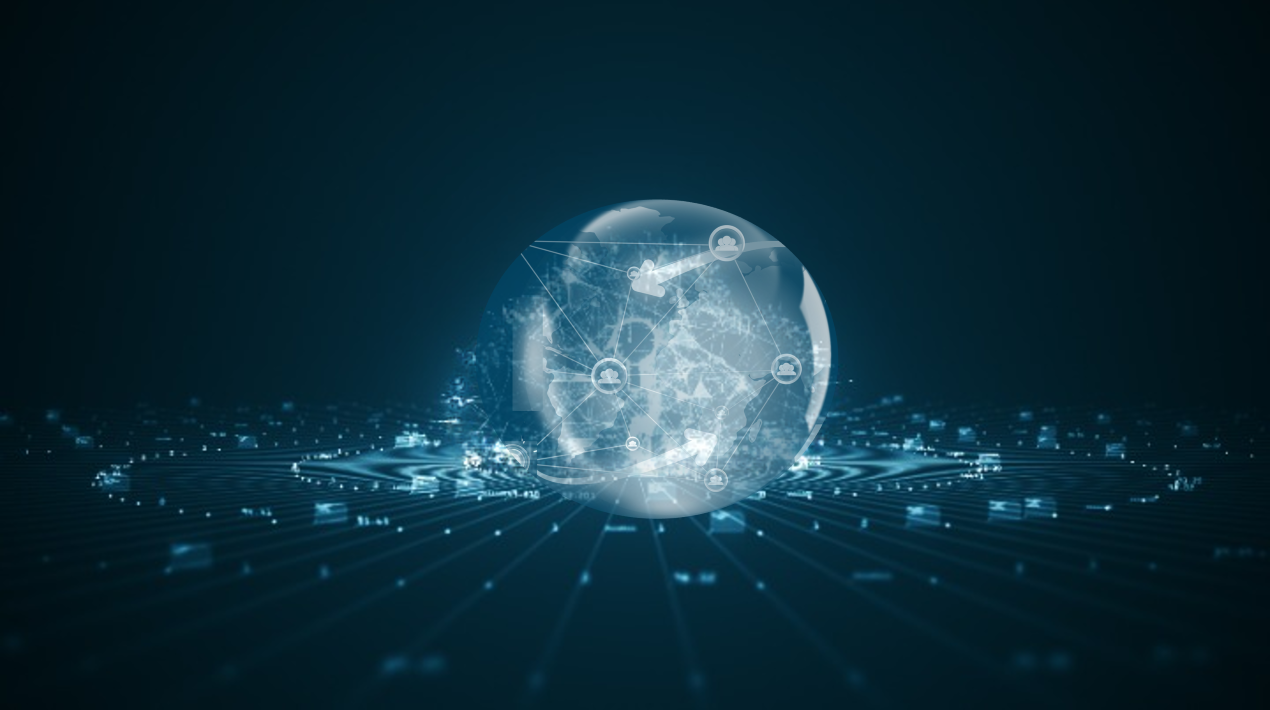
The U.S. government is spending billions of dollars to modernise health care and address a crumbling public health technology infrastructure. Yet a lack of clarity on funding allocation and internal coordination, as well as cultural resistance to change, present serious challenges.
The already vulnerable U.S. public health system has been struck with the cataclysmic impact of COVID-19. Without major investments and systemic changes, that system is at risk of failing when the next pandemic or crisis hits. With the government allocating billions of dollars to health care, however, there is a tremendous opportunity to fix one of public health’s biggest problems — a technology infrastructure featuring ageing legacy systems, enormous data silos, lack of interoperability and many other challenges.
Hurdles to success from this funding infusion include a public health culture historically slow to change, resistant to new technologies and with a preference to self-develop systems and platforms. There are also many other complexities — from disparate systems with little ability to exchange and integrate data to health agencies at the state and local levels spending heavily on independent and manual processes.
Billions of dollars have been spent on contact tracing based primarily on phones and faxes at all levels with no cohesive architecture. These factors may derail technology project funding, prioritising and success, potentially setting back public health even further.
Rethinking Public Health IT Strategies
With the funding, the U.S. health system — including private entities and public agencies — has a once in a century opportunity to radically modernise the nation’s public health technology. It is critical stakeholders work quickly across this health ecosystem to establish health system technology infrastructure to be able to respond to the next crisis. Three essential recommendations to maximise this opportunity include:
- Buy, don’t build: Purchase off-the-shelf applications or partner with proven agile development firms serving similar agencies. Public health must let go of its need to self-develop technology systems and data collection tools, which often take years to develop. Commercial technology can meet — or adapt to — the needs of public health. One of the most significant advantages these technologies offer is their speed to market. Buyers should know that 80% will be perfect out of the box, while 20% will need refinement.
- Leverage common, standardised available platforms: With their improved interoperability and data collection capabilities, standard platforms can enable streamlined outreach between public health agencies and community health providers.
- Forge public-private partnerships: Large health systems have spent the last 15 years working their way through system adoption, interoperability rules and regulations and major market shifts such as a focus on social determinants of health and patient experience. There has never been a better time for public-private partnerships.
Today, public health agencies have unparalleled funding to work with, building a high-functioning system with advanced technology is necessary. Otherwise, future generations will be at risk and they have to rebuild this critical safety net.
One of the challenges that healthcare facilities face is cyberattacks. As reported by OpenGov Asia, cyberattacks that target important infrastructure, like healthcare, pose a serious threat to public health and safety. Criminal disruptions of hospital computer networks can have tragic consequences.
Most recently a bad cyber actor was arraigned on charges arising out of a cyberattack on a medical centre. The attacks disrupted phone service, information from a digitising device and disabled network printer service. In this case, the person was the chief operating officer of a network security company.
Experts say healthcare organisations are easy targets for ransomware attacks because they cannot afford to lose access to patient records. Hospitals are more likely to pay ransoms on time as they cannot operate long without patient data as it will put patient health at risk. To protect against ransomware and other cybersecurity risks, companies should deploy machine learning and advanced threat protection-enabled endpoint protection.
















